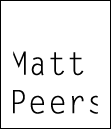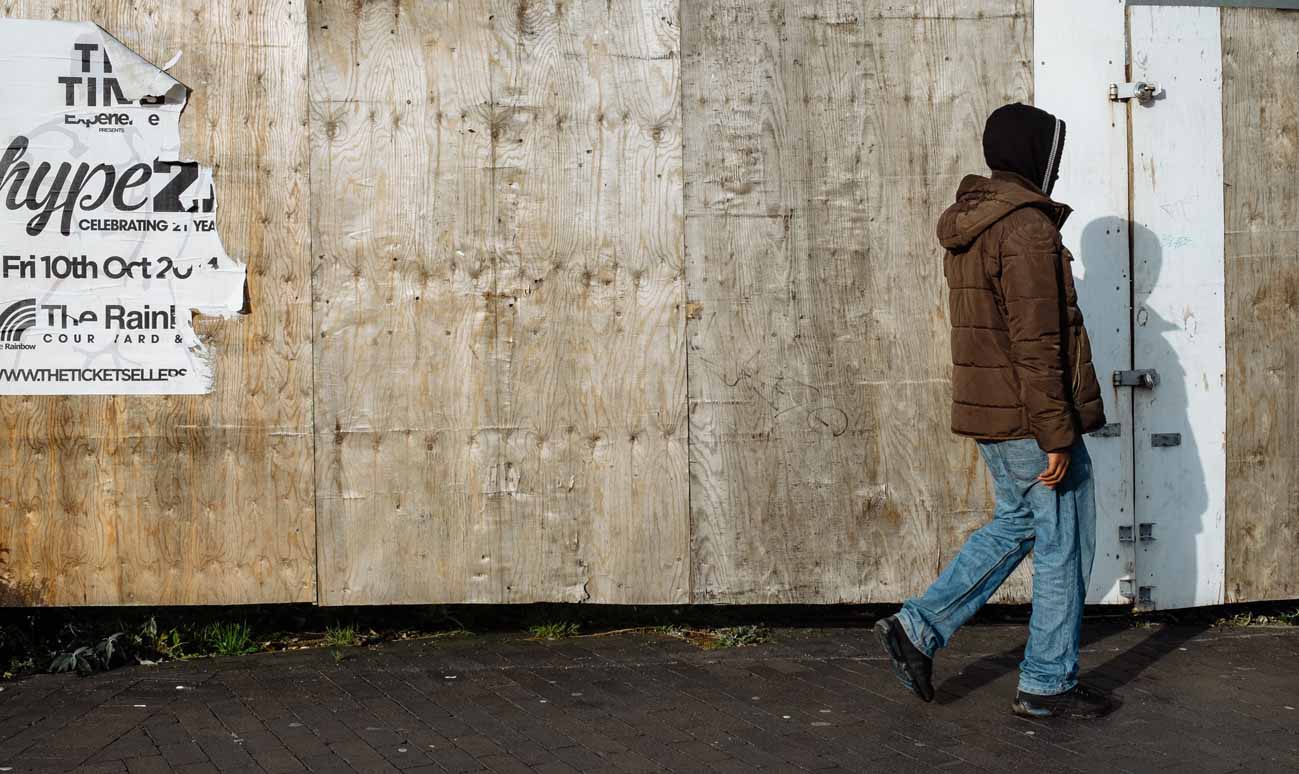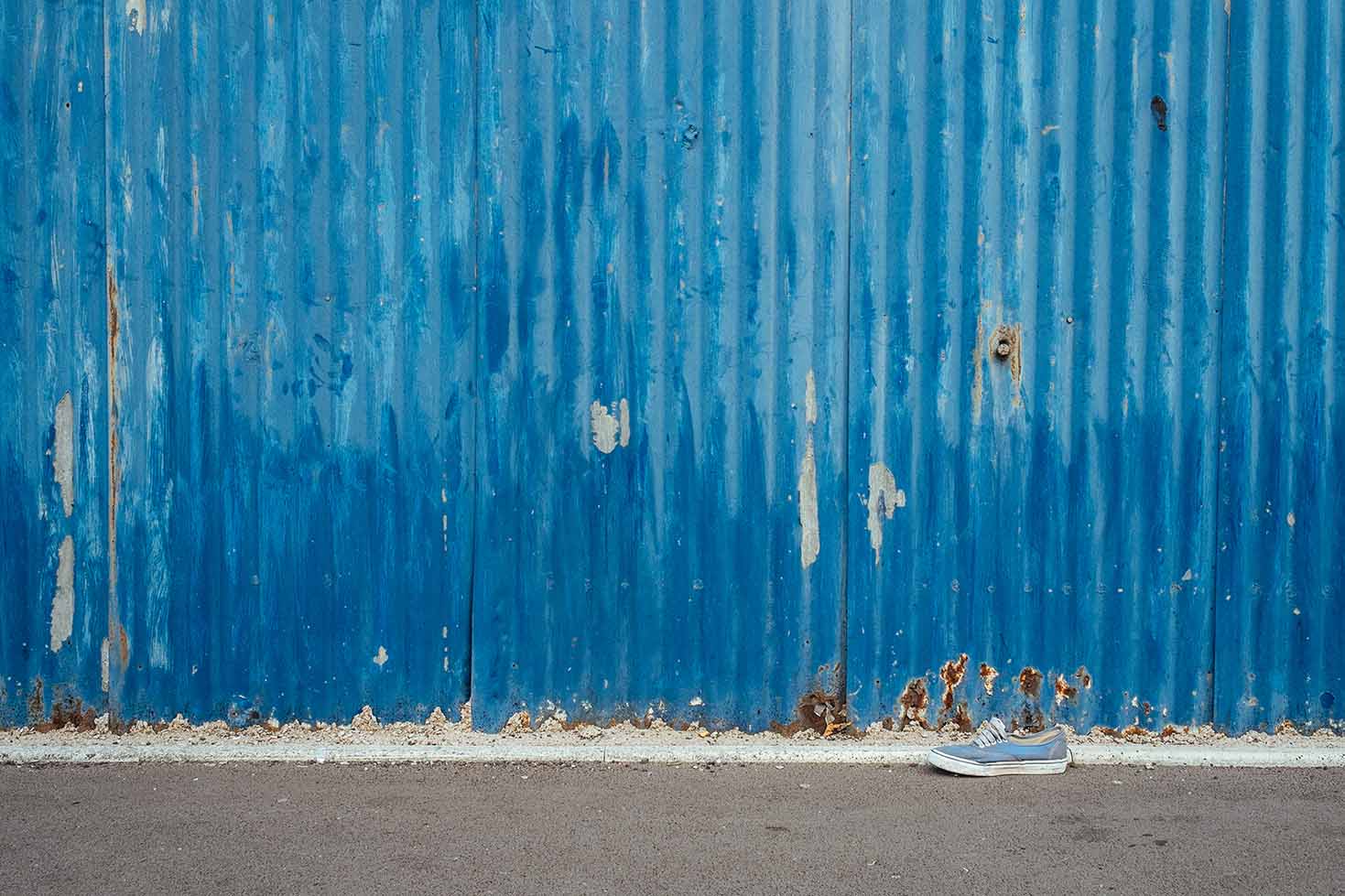You may have noticed on some photographers' images, there's a discreet or in some cases indiscreet name or logo watermark to indicate copyright ownership. I completely understand that in competitive markets you may want to protect the income and integrity of your work, and a watermark is at least one, although not fool proof, way of doing that. For me though, they end up being an unnecessary barrier to looking at and enjoying the image (in the comparatively rare occasions you did need to question the use of your images, you can always prove ownership with either the digital meta data or good old film negative). With over 2 billion images uploaded to social media, and other platforms daily, it is not so much a matter of protecting your images that's important; it's getting them seen in the first place. And if they are seen how long is that for? I'm guessing a few seconds at the most.
The pace and voracity of our media consumption and the demands on our ability give it our attention is changing our behaviour both as consumers and creators. Magazine and news articles, with the exception of The New Yorker, are getting shorter and more image laden to help us cope. Sharing your TV viewing time along with your tablet / internet enabled device is now often cited as the prime example of our diminished focus.
There is a more scientific, Nobel prize winning answer to all of this. According to psychologist Daniel Kahneman's studies, our brain differentiates how we focus or provide attention in to two 'systems'. The first attends to things we can do without additional thought, such as reading or driving. Once learnt, these activities become automatic processes that can be performed without barely being noticed. The second system is brought in to play when we are tasked with more complex tasks such as long division in your head or working out the fine print in a contract. It's why driving and talking on a mobile are such a bad mix - if your second attention all system takes over it affects the performance of your first.
Looking at images, especially in a high volume, is dealt with your first attentional system as you automatically know what an image is and,in the vast majority of cases,what the subject matter is about without additional thought. The effect on photography, I believe, is twofold. Firstly, it can create a pressure to constantly make images with immediate impact, whether through the use of filters and effects or subject matter. Secondly, it means there is less time taken to study the quiet, more subtle images.
Some my own favourite pieces of work are, at first glance less obvious and are not the images favoured by others. But if you take the time to really look, I believe they can offer much more.
So, for this blog then all I ask is to slow the viewing process down, engage your second attentional system and spend just that little bit longer with each image and then judge them.
Till next time...
Matt Peers





































OK, it wasn't an exclusive 'hang out with Matt Stuart day' but the next best thing - a Street Photography workshop in conjunction with the Photographers Gallery in London. As postgraduate fees have gone through the roof, I've decided,for now at least, to keep my continual professional development to attending workshops and buying books. And what a valuable day of learning it was!